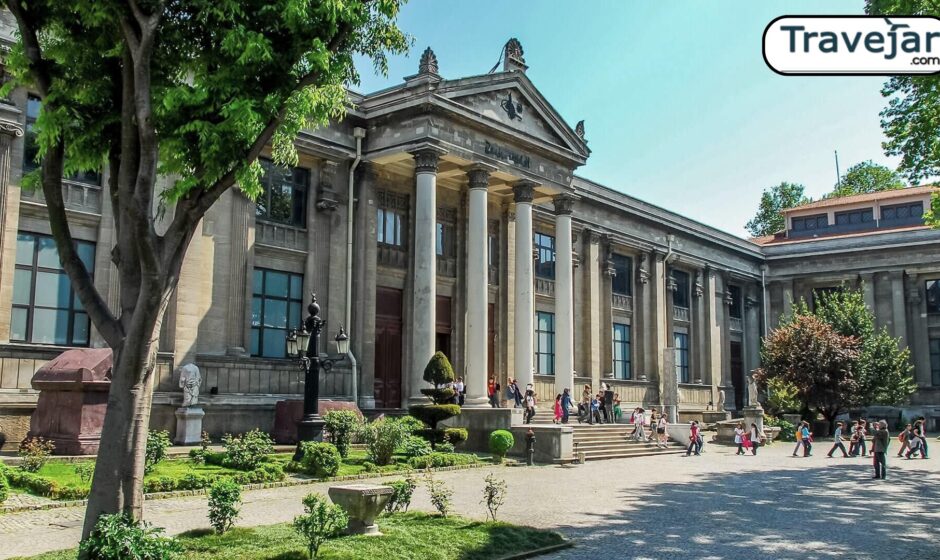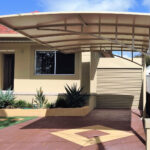Istanbul is a city where the rich layers of history converge, offering a unique glimpse into the past. One of the most iconic places to experience this is the Istanbul Archaeological Museum. This incredible institution is not only one of the largest and most comprehensive museums in Turkey but also ranks among the most prominent archaeological museums in the world. Housing over a million artifacts that span multiple civilizations, it provides visitors with an unparalleled look into ancient cultures and histories.
A Brief History of the Istanbul Archaeological Museum
The Istanbul Archaeological Museum (İstanbul Arkeoloji Müzeleri) was founded in 1891 by Osman Hamdi Bey, a pioneering archaeologist and painter who sought to protect Turkey’s ancient heritage. It was established as the first museum in Turkey and remains a cornerstone of historical preservation and education.
Located in the heart of Sultanahmet, just a short walk from major landmarks like the Topkapi Palace and Hagia Sophia, the museum’s location reflects its importance in the cultural fabric of Istanbul. The museum complex consists of three main buildings: the Archaeology Museum, the Museum of the Ancient Orient, and the Tiled Kiosk Museum (Çinili Köşk).
The Archaeology Museum: A Treasure Trove of Ancient Artifacts
The Archaeology Museum, the centerpiece of the complex, is renowned for its vast and diverse collection of artifacts. It provides a deep dive into various periods of history, with exhibits ranging from the prehistoric era to the Roman and Byzantine periods.
Some of the museum’s most famous pieces include:
- Alexander Sarcophagus: Despite its name, this beautifully carved sarcophagus was not made for Alexander the Great but for one of his generals. The intricately detailed carvings depict battle scenes and lion hunts, offering a fascinating look into ancient Greek craftsmanship.
- Sarcophagus of the Crying Women: This magnificent sarcophagus from the royal necropolis of Sidon is adorned with figures of mourning women, showcasing the artistic depth of ancient funerary art.
- Istanbul through the Ages: A special section dedicated to Istanbul showcases artifacts from the city’s long and storied history. From Byzantine mosaics to Ottoman relics, this section encapsulates the spirit of the city.
- Hittite Tablets: The museum houses an impressive collection of Hittite cuneiform tablets, one of the earliest written languages. These ancient tablets provide crucial insights into early human civilization.
Museum of the Ancient Orient: A Glimpse into Early Civilizations
The Museum of the Ancient Orient, one of the three buildings in the museum complex, focuses on artifacts from ancient Mesopotamia, Anatolia, Egypt, and the Arabian Peninsula. This museum is a window into the dawn of human civilization, containing items from the cradle of human culture.
Some notable exhibits in this section include:
- The Treaty of Kadesh: This 13th-century BCE peace treaty between the Egyptians and the Hittites is one of the earliest surviving treaties in human history. Written on a clay tablet in Akkadian, it offers insight into diplomacy in the ancient world.
- Statues of Ancient Deities: The museum features an array of ancient statues of gods and goddesses from various cultures, including Sumerian, Babylonian, and Assyrian.
- Egyptian Mummies: The museum also houses a small but impressive collection of Egyptian artifacts, including mummies, which provide a glimpse into ancient Egyptian burial practices and beliefs about the afterlife.
The Tiled Kiosk Museum: Ottoman Masterpieces in Ceramics
The Tiled Kiosk Museum (Çinili Köşk) stands out for its stunning architecture and impressive collection of Ottoman-era tiles and ceramics. Built in 1472 by Sultan Mehmed the Conqueror, the Tiled Kiosk is a masterpiece of early Ottoman architecture, with its elegant design and beautifully crafted tiles.
Inside, visitors will find a dazzling array of Iznik tiles, which are known for their intricate patterns and vibrant colors. These tiles represent the pinnacle of Ottoman ceramic artistry and were used to decorate palaces, mosques, and other important buildings throughout the empire.
In addition to the tiles, the museum showcases a collection of ceramic pieces from various regions, including Anatolia and Persia. These pieces reflect the artistic and cultural exchanges that occurred during the Ottoman period, making the Tiled Kiosk a must-see for anyone interested in Islamic art and history.
Why Visit the Istanbul Archaeological Museum?
Visiting the Istanbul Archaeological Museum is like stepping into a time machine. Each exhibit tells a story, from the dawn of human civilization to the heights of the Ottoman Empire. Whether you’re a history buff, an archaeology enthusiast, or simply curious about the ancient world, this museum has something for everyone.
The museum’s location in Sultanahmet, close to other famous landmarks like the Blue Mosque, Hagia Sophia, and Topkapi Palace, makes it easy to incorporate into any itinerary.
Practical Information for Visitors
- Location: The museum is located in the historic Sultanahmet district, close to the Topkapi Palace. Its central location makes it easily accessible by public transport.
- Opening Hours: The museum is generally open from 9:00 AM to 7:00 PM. However, it is always best to check ahead for any seasonal changes or public holidays.
- Entrance Fee: There is an entrance fee for the museum, though it is modest compared to the wealth of history on display.
- Facilities: The museum offers amenities like cafes and gift shops, where visitors can purchase souvenirs and books about the exhibits.
Conclusion
The Istanbul Archaeological Museum is a testament to the rich history and cultural diversity that has shaped not only The Best Places To Visit In Turkey. Its vast collection, spanning millennia and multiple civilizations, offers visitors a rare chance to connect with the ancient world. For anyone traveling to Istanbul, a visit to this museum is an absolute must.



